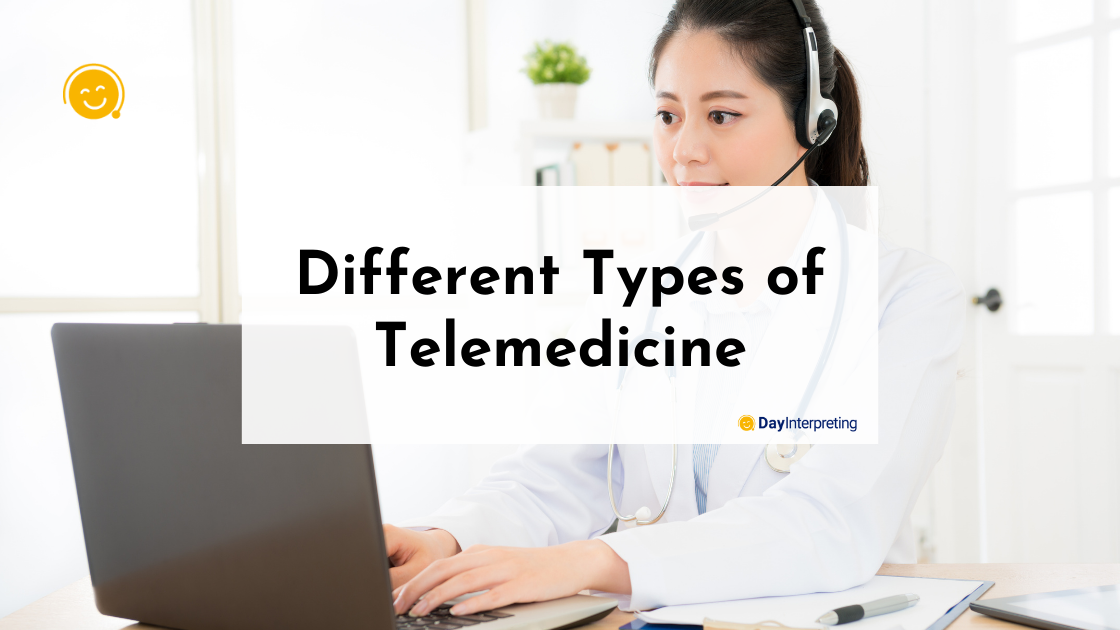Did you know that there are four major sub-categories when it comes to the different types of telemedicine? These include mobile health platforms, real-time interactive services, store & forward services, and remote patient monitoring. But what exactly do each of these services offer? How do they benefit healthcare providers and their patients? Here’s an insight into an industry that’s about to go mainstream!
Inspecting the Different Types of Telemedicine
mHealth
mHealth – or Mobile Health Platforms – is the fastest growing trend in telemedicine. Mobile is one of the most convenient tech platforms currently being used by members of the public. More and more patients like to get personally involved in their own healthcare. Hence, individuals use tablets, smartphones, and other mobile devices to monitor their health and stay on top of their wellness.
Since we’re all plugged into our mobiles, healthcare stakeholders decided to tap into the market. They developed telemedicine solutions for the mobile ecosystem so they could meet patients where they were most comfortable.
From senior care apps to mobile diabetes management systems, there are already many mHealth apps in play at the moment. And the market is set to expand as mobile health technologies keep evolving rapidly.
Live Interactive Services
Ever seen a virtual consultation where a doctor interacts with his patients through the use of video streaming? You’ve witnessed Live Interactive Services! This forms the second of telemedicine’s four collective legs. From video chats to video conferencing and live chat, real-time interactions between healthcare providers and their patients help facilitate remote services. These include remote diagnostic and treatment services and offering patients a way to access medical advice remotely.
This form of telemedicine isn’t geared towards urgent care services. It merely offers convenient ways for physicians to treat common ailments that don’t require physical examinations. These real-time services can also provide an excellent way for doctors to consult with limited English proficient and Deaf and hard-of-hearing patients in remote locations thanks to Virtual Remote Interpreting (VRI). Virtual sessions also offer the same appeal as one-on-one sessions with your doctor but eliminate the added costs of traveling.
Some examples of live interactive services include:
Telenursing
Nurses use real-time interactive platforms to monitor patient progress and symptoms and ensure that the patient’s condition is improving.
Telerehabilitation
Rehabilitation patients can receive psychotherapy and clinical assessments through the use of real-time interactive sessions with their counselors and therapists. Sessions are typically facilitated through the use of live chat apps, video conferencing platforms, and webcams.
Telepsychiatry
Neuropsychological and mental health assessments and consults can be facilitated through the use of live interactive communication tools, which offer professionals and their patients a convenient, remote alternative to in-person sessions.
Store & Forward
Store-and-forward services are also called asynchronous telemedicine and just refers to the process used when a physician forwards an existing patient’s medical history to other healthcare providers. With this approach, it’s easier for patients to gain access to the treatment they need, when they need it, without having to physically collect their records from their family physician if they have to be referred to a specialist for treatment.
RPM
Remote Patient Monitoring (RPM) is sometimes also referred to as self-testing or self-monitoring and requires patients to self-monitor their vitals and other health signals as part of continual care. Conditions covered under RPM are often classified as chronic and include the likes of heart problems, diabetes, and asthma, to name but a few. This option is cost-effective and convenient for patients and their healthcare providers while facilitating frequent monitoring.
Final Thoughts
Telemedicine is a significant step forward in improving healthcare accessibility to patients, especially those living in more remote areas with limited local healthcare professionals. The four different types of telemedicine also ensure that remote healthcare caters to just about every health need aside from emergency care and conditions that require physical examinations and consultations. On top of offering a convenient alternative to physical consultations in the doctor’s rooms, telemedicine is also much more cost-effective in comparison to traditional healthcare costs.





0 Comments